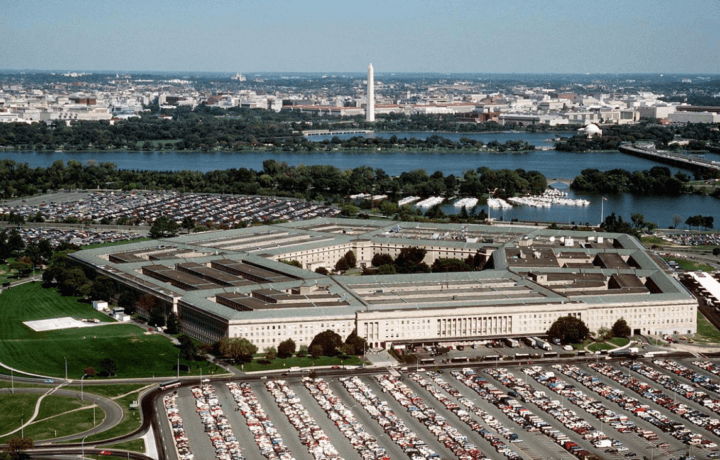Defense contractors are preparing for the expiration of Section 3610 of the Coronavirus Cares Act September 30. If H.R. 8319, Congress’ continuing appropriations act for 2021 is passed, however, they won’t need to plan: it extends 3610 and makes the provisions available through December 11. The legislation allowed contractors to pay employees for paid leave, an important provision during the early months of the coronavirus pandemic when many agencies had just days to implement telework programs across their workforces, and many government contract vehicles didn’t even allow remote work as an option.
The CARES Act became law on March 27, and it took several months for clear guidance to roll out along with the dollars. And while the provision is open across government agencies, the Department of Defense has been the largest recipient. A Government Accountability Office (GAO) report issued September 3 noted that the Pentagon was responsible for $18.3 billion of $22 billion given to the top government agencies responsible for government spending. Health and Human Services, Department of Homeland Security, the Veterans Administration and the Government Services Administration all reported no funds spent under 3610.
Cleared Work and the Coronavirus
Agencies across the intelligence community (IC) largely reported they were ‘telework ready’ when it came to technology and processes. But even where the technological capability was there, often the contract flexibility was not.
“The security architectures were good enough that we could allow people to telework,” noted Greg Smithberger, capabilities director and chief information officer at the National Security Agency, speaking at the recent Intel Summit. While the security infrastructure was ready, the contract vehicles weren’t – Smithberger noted that they had to modify their contracts to even allow personnel to telework. Even contractors who were certified and accredited by the NSA weren’t able to work remotely simply because of how the contracts were written. “We really regretted that, so we quickly modified some of our contracts to allow our contractors to participate in these low-side environments,” said Smithberger.
The IC and DoD have been working to make those contract modifications, but the provisions of Section 3610 have allowed government contractors to continue to pay personnel, even if they don’t have work they can do. The idea is that without Section 3610, many government contractors may face hemorrhaging layoffs. While the aerospace sector has suffered, defense contractors have taken advantage of 3610 to avoid layoffs and maintain their workforce. That’s why in recent weeks professional service organizations and industry associations have been pushing for an extension of 3610.
“It is crucial that the House and Senate extend this vital provision to ensure that federal agencies retain the contractor workforce they need to meet their mission needs,” said David Berteau, president and CEO of the Professional Services Council, in a statement. “Retaining skilled employees is strategically sound and financially smart. This extension will help companies preserve key talent that has taken many years to recruit, train, and clear.”
Section 3610 and Industry Turnover
With the likelihood of H.R. 8319 being passed in the coming week, defense contractors shouldn’t need to worry about having to find a way to pay cleared personnel who have been benched – yet. While a final budget may also provide some protections for contractors, the CR only extends benefits through December 11, which may actually be good news for defense contractors who are looking to hire today. Defense recruiters largely report a struggle to attract new talent. Professionals may not be willing to make a move when their employer is paying them their full salary to sit on the bench. But that loyalty will leave when those same employers are no longer getting reimbursed for that leave, and unable to pay their salaries.
Extending 3610 does give some agencies more time to establish their telework policies and procedures, and for the continued roll-out of technology support to ensure classified programs can move forward even with many employees working off site.
“We’ve built the infrastructure for giving an enduring presence for telework,” said Defense Intelligence Agency Chief Information Officer Doug Cossa, who noted their infrastructure went from supporting a couple hundred remote workers to several thousand in a matter of days.
Whether it’s September 30, December 11, or codified into 2021, paying contractors for leave is not sustainable in the long term. The good news is that even the most sensitive intelligence agencies have established that some form of top secret telework is.




